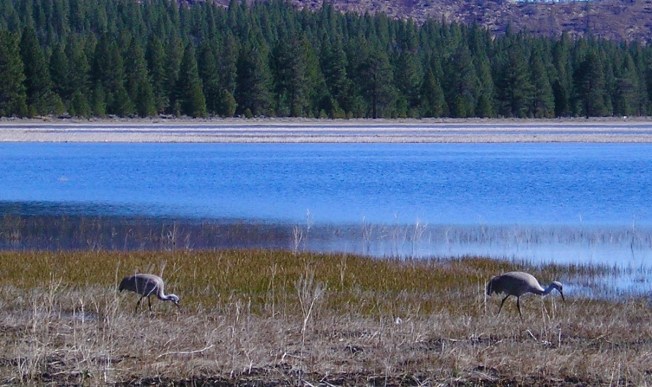
If we cannot live here, we want to go into those mountains and die. We do not want any other home.
~ Cupeño Captain Cecilio Blacktooth
(as translated by Celsa Apapas)
The original name is Cupa. With the arrival of Spanish explorers in 1795 it became Agua Caliente. The first American to claim it in 1844 called it Warner Springs. Bearfoot Manuella Cibimoat called the village home until May 12, 1903, when her people were evicted after a lengthy legal battle. To her credit, the ninety-one-year-old Cupeño woman did not go peacefully.
The night before the removal, women in long dresses chanted dirges around the fires. Nobody slept. In the morning, wagons showed up to haul the Cupeño and their belongings to the reservation at Pala. Bearfoot was having no part of it. When the teamsters threw her household goods into a wagon she shouted at them, “Here I will stay, even if I die, even if the coyotes eat me.”
She yelled defiantly at journalist Grant Wallace, shaking a package of hardtack at his camera. Her long hair flew in a rage. She turned and walked away, past the hot springs and the granite boulders pockmarked with her people’s grinding holes. She climbed toward the sacred peaks that guarded the village — and disappeared.
When a reporter asked why the old woman would flee, Isabella Owlinguish said that when she and Bearfoot were young they were held prisoners at the Pala Mission. Isabella “threw off her shawl and shouted ‘see!’ and showed great calloused marks on her thin shoulders. ‘These we had to keep fresh our memories of Pala mission! What we suffered there … Bearfoot could not forget. She would not look again upon that place … Does the white man think it strange that we did not want to come?’”
A few weeks after the Cupeño reached the reservation at Pala, two of the leaders went into the mountains to talk to Bearfoot. They convinced her to join her exiled people at Pala where she eventually died and was buried. So ends her recorded story.
But I can’t get her picture (from Out West magazine, July, 1903), out of my mind. It’s the only historic photograph I’ve seen where a native woman is visibly angry about what is happening to her people. She’s fighting back. She’s pissed off and not afraid to show it. She’s resisting! Bearfoot may have come to the reservation in body — but not in spirit.

Grant Wallace concluded his article in Out West magazine with the observation, “There would seem to be no reason why these Indians should not soon be happier and more self-reliant at Pala that (sic) at Warner’s Ranch.”
One look at Bearfoot’s face makes it plain he hadn’t heard a word the Cupeño people said.









